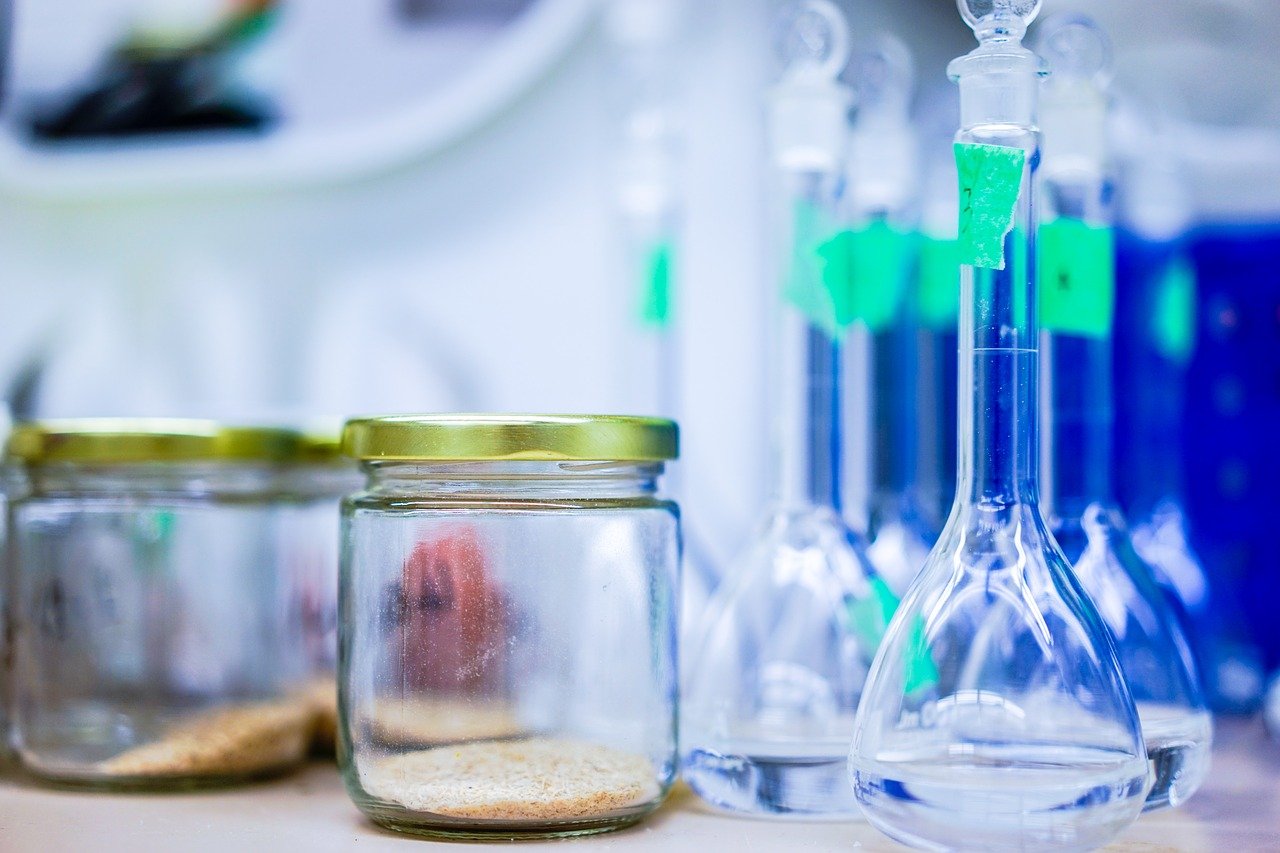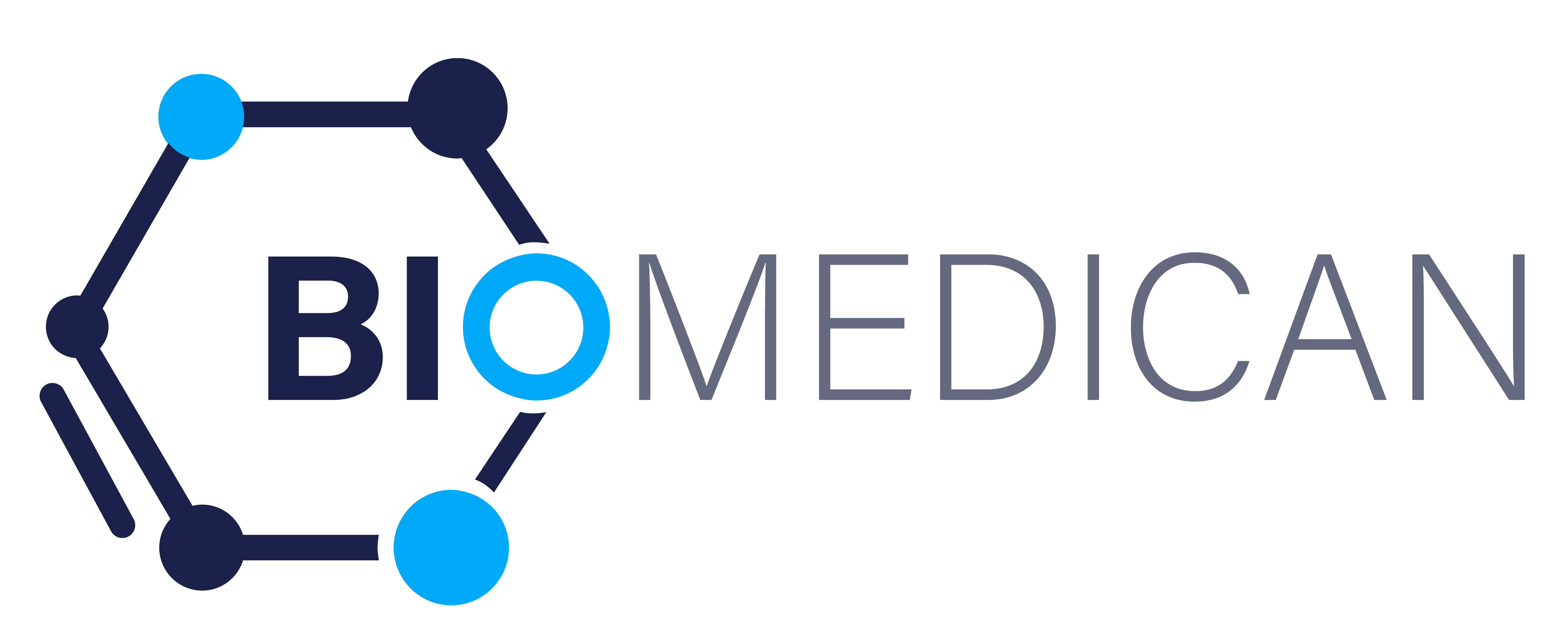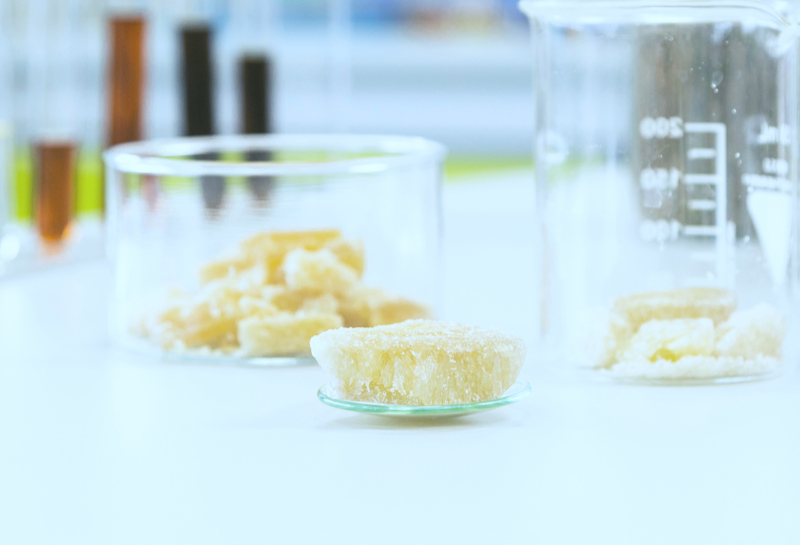CBG and CBGA Research
CBG and CBGA
CBG, cannabigerol, is one of over 120 cannabinoids, which have been discovered within the Cannabis sativa plant. Cannabigerol (CBG) is a well-known non-psychoactive compound that is also known as the mother of all cannabinoids. It is present only 1% in cannabis plants. Cannabigerolic acid (CBGA) is an acidic form of CBG and precursor of all cannabinoids, including CBG. The enzymatic degradation of CBGA converts it into three cannabinoids; tetrahydrocannabinolic acid (THCA), cannabidiolic acid (CBDA), and cannabichromenic acid (CBCA).
The main areas of research and recent discoveries on CBG and CBGA
Several medical and scientific research publications highlighted the pharmacology of CBG. The discovery that endocannabinoid receptors are not only present in the brain but also in other parts of the body such as bones, skeletal muscle, skin, fat tissue, immune cells, liver, pancreas, heart, blood vessels, gastrointestinal tract, and kidney gave rise to new areas of research. CBG acts as an agonist on G-protein-coupled receptors, i.e., CB1 and CB2 receptors. The study also found a stimulating effect of CBG on α2 adrenoceptors. However, it also act as an antagonist on TRPV8 receptors.
Modern-day research is more inclined toward finding the therapeutic benefits of CBG. The discovery of potential binding sites for CBG in the body opened a new window of therapeutic research on CBG. Currently available therapeutic data were obtained from animal studies. The finding of binding domains of endocannabinoids receptor and their modulation by CBG helped determine the purposed impact of these cannabinoids on different organs. For instance, the potent antagonist activity of CBG on TRPM8 can help combat prostate cancer, bladder pain, and detrusor overactivity.
CBG has more potential to block the lipoxygenase pathway than THC, thus produce a more significant analgesic and anti-inflammatory effect. An old research study performed in 1982 discovered the anti-fungal effect of CBG. Cannabigerol is also popular for its cytotoxic (anti-cancerous) product, which is exerted on human epithelioid carcinoma in high doses. A study performed in 2010 noted moderate 5-HT1A antagonist action of cannabigerol, which confirms the antidepressant and mild antihypertensive effect of CBG in the rodent tail suspension model.
Researchers are now engaged in identifying CBG as therapy for an array of ailments.
Application areas of CBG and CBGA
Advance research and its beneficial outcomes have widened CBG and CBGA application areas.
Despite the lack of human data, there is an upsurge in the consumer use of cannabigerol for health and wellbeing. Convincing testimonial from consumers raises the demand and popularity of CBG.
Application in the cosmetics industry

Acceptance of cannabigerol and its acidic precursor has increased in cosmetics. CBG is a vital skincare and cosmetics ingredient approved by the European Commission due to its antibacterial, anti-inflammatory, and antioxidant properties.
Application in Veterinary

Various preclinical studies highlighted the relaxing effect of CBG in animals without causing drowsiness. CBG holds a variety of health benefits for your canine friend. This may include enhancing brain function, producing an anti-emetic effect, supporting cellular, immune and normal urinary tract functions, reducing oxidative stress and discomfort.
Application in the Healthcare system

CBG also reduced the burden on the human healthcare system by positively impacting various ailments, including cancer, bladder dysfunction, glaucoma, Parkinson’s disease, Inflammatory bowel disease.
Application in the food industry

Due to the history of safe consumption of CBG in humans, it is possible to use this cannabinoid in the food industry. The manufacturer must send FDA a “new dietary ingredient notification” within 75 days of marketing the product.
The legality of CBG and CBGA
CBG and CBGA are not listed in controlled substances. CBG and CBGA derived from hemp are federally legal under Farm Bill 2018. However. the legality of manufacturing, possession, and consumption of CBG and CBGA may vary from state to state. Till February 2021, 47 states allowed CBG. 15 states legalized the recreational and adult use of CBG. Despite legalization, all the CBG products are closely observed by FDA.
The uniqueness of the Biomedican’s CBG and CBGA method of production

CBG is considered one of the most “high-end” cannabinoids because it is difficult to acquire and has many health benefits. Biomedican introduced organic biosynthesis to yield this high-end cannabinoid. The production of CBG/CBGA through biosynthesis offers a way to reduce the environmental footprint, decrease production time, circumvent regulatory oversight, and produce high-quality cannabinoids. Biomedican uses a unique proprietary yeast that undergoes the natural metabolic process of fermentation to make CBG/CBGA identical to its counterparts in nature. The advantage of this natural process is that it is 100% pure, reliable, and does not come with the undesirable side effects of chemical synthesis.
Links to research
Visit the following links to know more about recent studies on CBG and CBGA and the participation of Biomedican in the cannabis community.




